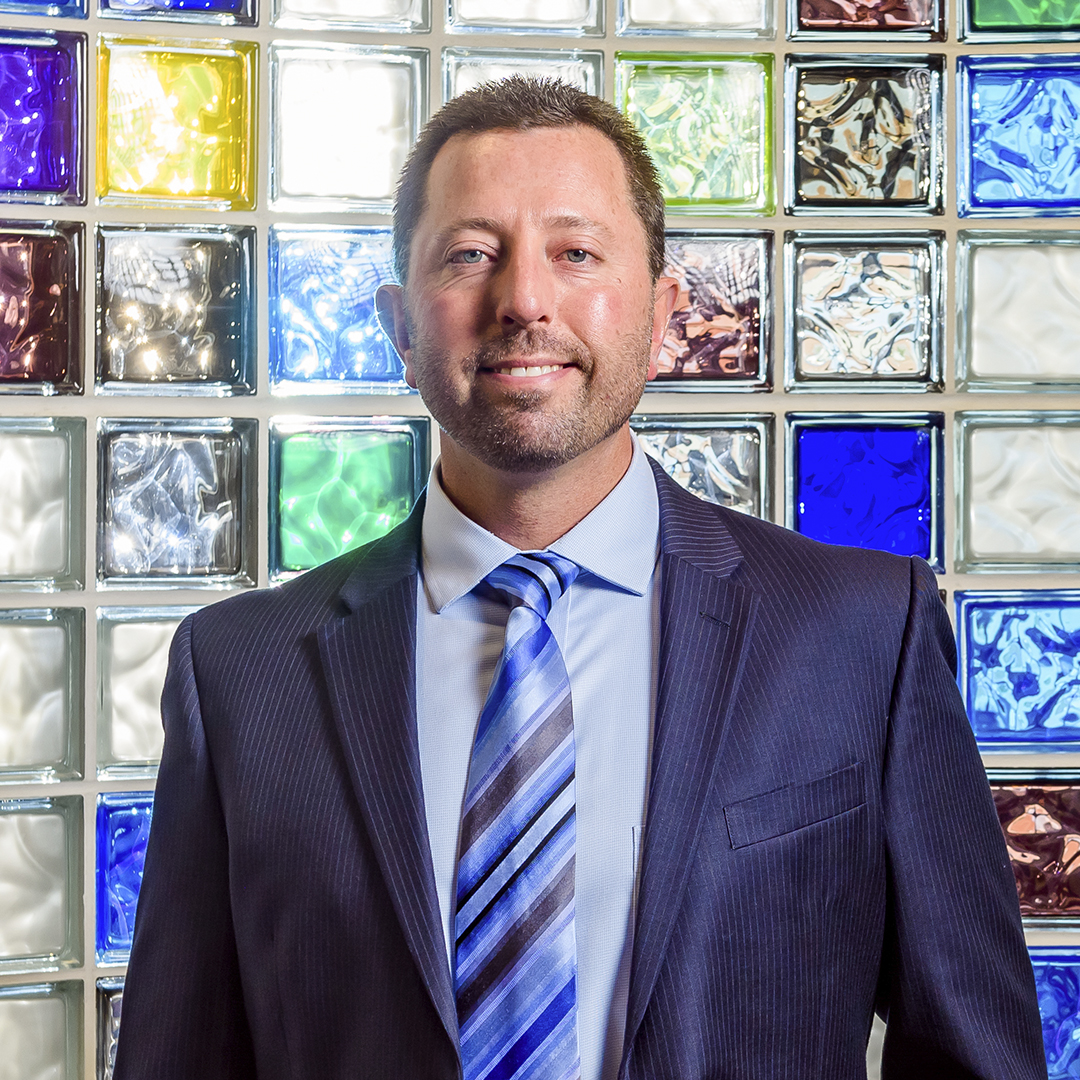Paper used to pour from every crack of the world’s offices and storage centers. Now, with information coursing through invisible signals in the air, the world has decidedly less clutter. Yet all of that data still needs to reside somewhere, and a great deal of it has found a home with QTS Realty Trust. The company emerged 15 years ago with a single facility in Overland Park, Kansas, and today QTS data centers span more than 6 million square feet in North America and serve more than 1,100 of the top technology and hyperscale companies.
As the company grew, so too did its need for sustainable practices. That’s why Travis Wright, a self-described “operations guy,” created his position as vice president of energy and sustainability to lead the company’s efforts in energy conservation. In fact, D CEO magazine has repeatedly named Wright as one of the most influential leaders in North Texas, where he previously served as the site director for one of the largest and fastest-growing QTS sites. His promotion in early 2018 builds on the social changes he has championed throughout his tenure.

“We’re really wrapping our arms around energy and sustainability,” says Wright, adding that his enthusiasm for such practices first blossomed in college while studying thermodynamics. “It was a completely new concept for me at the time, and it clicked. My brain just started thinking that way, and it’s really become a passion for me in my career.”
This emphasis on conservation and sustainability has proven to be an important aspect of QTS’s growth, drawing nearly as much attention as the company’s reputation for power and stability. As QTS continues to decrease its carbon footprint, the company has cultivated a network of like-minded organizations that are also aiming to reinvent the industry. “It’s really important to stay in front of the things that are important to society,” Wright says. “We know that as the industry grows, there’s a younger generation coming into the world that’s very passionate about sustainability and social governance.”
In his current role, Wright’s initial goal was to experiment in QTS’s deregulated markets, seeking out the best methods for purchasing renewable power and finding partners with mutual interests. By building and executing clear strategies in these markets, he hopes that QTS can then use the positive results to influence regulated markets. Plus, through these partnerships, QTS might influence local policy.
“Sometimes there’s a reluctance for corporations to go to the public utilities and request change,” Wright says. “We’ve found that’s usually not the case. They’re actually looking for input from big corporations. In fact, when there is a change to be made, we’ve heard over and over again from the regulated utilities that if they have a corporation standing by their side, saying this is a good idea, they will almost always get approved.”
Location is, after all, a key component in the QTS strategy, but it can also present some of the biggest challenges Wright faces in his role. “You have to choose your markets carefully,” he says. Pros and cons of setting up data centers in big cities versus rural areas exist. For example, while the former might provide easier access and a central location, the latter often boasts more affordable renewable energy options or ideal weather conditions.
“It’s not strange to see a lot of hyperscale data centers pop up in eastern Oregon or Washington state,” he says. “There’s not a lot going on from a corporate standpoint, but there is access to cheap power or hydropower.” The geography also determines whether Wright will pursue centers powered by water or not, though he’s currently experimenting with hybrid systems that incorporate both.

In addition to finding the right locations for data centers, Wright is securing QTS’s status as an innovation hub by helping the company develop a customizable customer interface that allows individuals to choose their level of sustainability. “There’s a base level of sustainability that QTS will have, but we’re also going to offer customers the choice to buy renewable power or other methods that help reduce their carbon footprint,” he says. “If it’s important to them, they can take it. If not, they won’t.” In sum, what works for one business might not work for another, and that flexibility is key to QTS’s success now and in the future.
The company’s commitment to sustainability is not just based in energy but also in its actual structures. “None of our competitors are doing this,” Wright says. “We will go in and buy huge, abandoned, infrastructure-rich sites, and we’ll turn them into beautiful, shining data centers.” He says this approach has been successful with projects in Chicago; Irving, Texas; and Richmond, Virginia.
QTS has scooped up more than 26 million pounds of plastics, stainless steel, copper, and concrete in these spots and recycled them into functional additions to the facilities. “Not only are we promoting efficient energy, but we’re also taking an eyesore and recycling it into a beautiful facility that helps the local community in so many ways,” he says. “It’s an amazing story of how you can reuse an asset that’s just been sitting there.”
***
Data centers, like QTS Realty Trust, are energy-intensive operations, consuming up to 2 percent of the world’s electricity. To minimize a data center’s carbon footprint, ENGIE Resources can supply renewable energy credits tied to a specific generation asset such as a wind farm, directly supporting development of nearby green energy resources.


